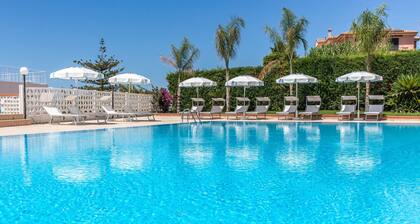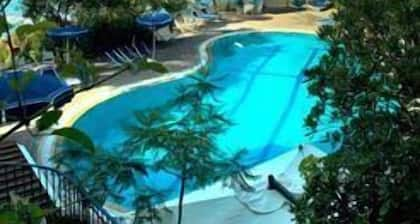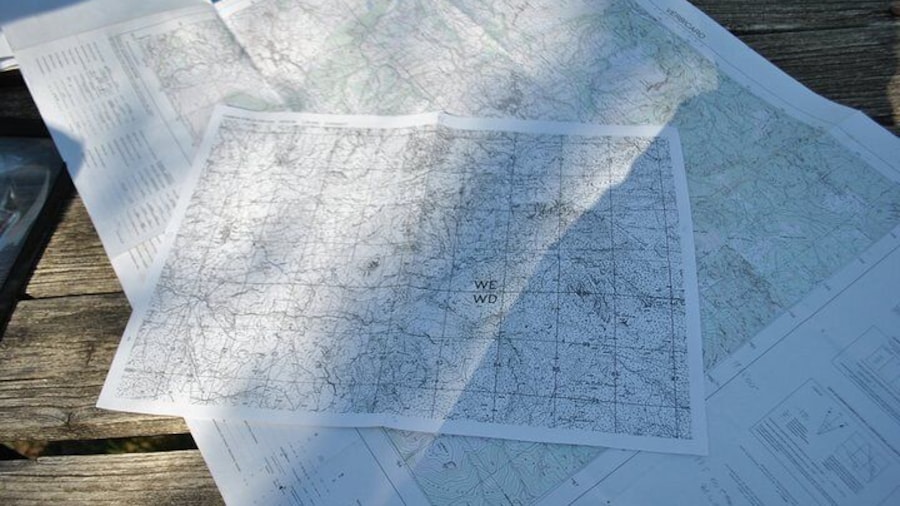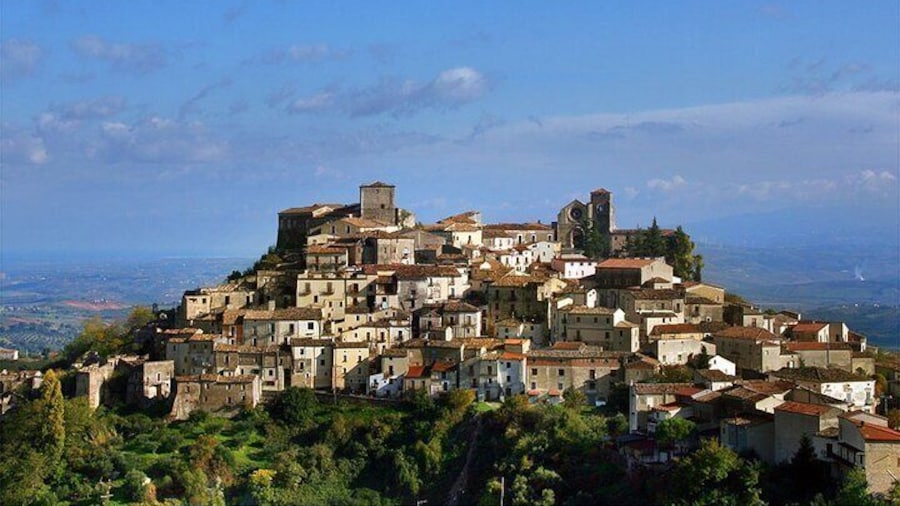Morano Calabro is a visual masterpiece, where castle ruins, churches and palaces decorate a maze of atmospheric streets. The town sits in the western foothills of the 7,375-feet (2,248-meter) tall Mount Pollino. Once inhabited by the Moors, Morano Calabro witnessed the Battle of the Campo Tenese between French and Neapolitan armies in the early 1800s. It is also the birthplace of the acclaimed Italian mathematician Bernardino Gaetano Scorza.
The relics of the Norman Castle stand at the top of the town and afford sweeping views of the region. The Romans laid the castle’s foundations before it was enhanced by both the Normans and Swabians. The brick arches, portals and towers are a testament to the talents of its creators. From the courtyard you can spot the peaks of the Pollino massif, which is an extension of the Apennine Mountains.
Alleys, streets and staircases framed by red-roofed houses twist and turn downhill from the castle. Note how flowers add color to the wrought-iron balconies and clothes are hung out to dry between windows. See works by the sculptor Pietro Bernini at the Baroque-style Church of San Pietro e Paolo. Visit the Annunziata Church and Church of San Nicola di Bari.
Go to Palazzo Salmena to find the Museum of the History of Agriculture and Farming. The museum documents the town’s evolution and its agricultural activities. Find displays of farming tools, utensils and wagons. See exhibits that show examples of rural buildings, peasant homes and noble residences.
The Collegiate Church of Santa Maria Maddelana, with its majolica earthenware dome, dominates the lower part of the town. Nearby is the late-Gothic style Church and Convent of San Bernardino. Take a break from sightseeing in the gardens of Villa Comunale.
Morano Calabro is a 1-hour drive north of Cosenza, the capital of the province of Cosenza. Parking is available for a fee on the outskirts of town. Continue your vacation in Pollino National Park, through which waymarked trails lead to rural villages and hiking routes take you to mountaintops. To the west is the Argentine River Valley Nature Reserve, a scenic area of rivers, streams and woodland.













